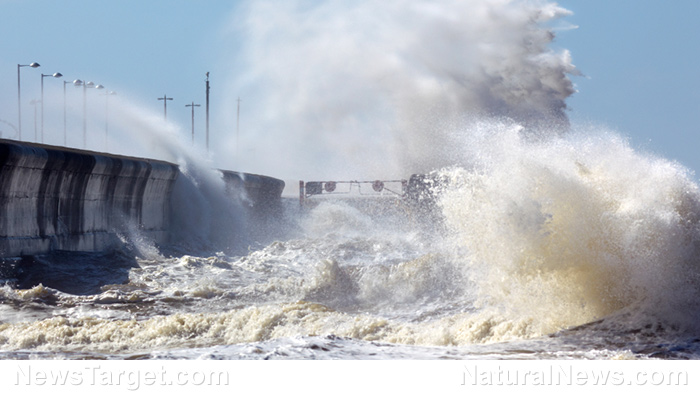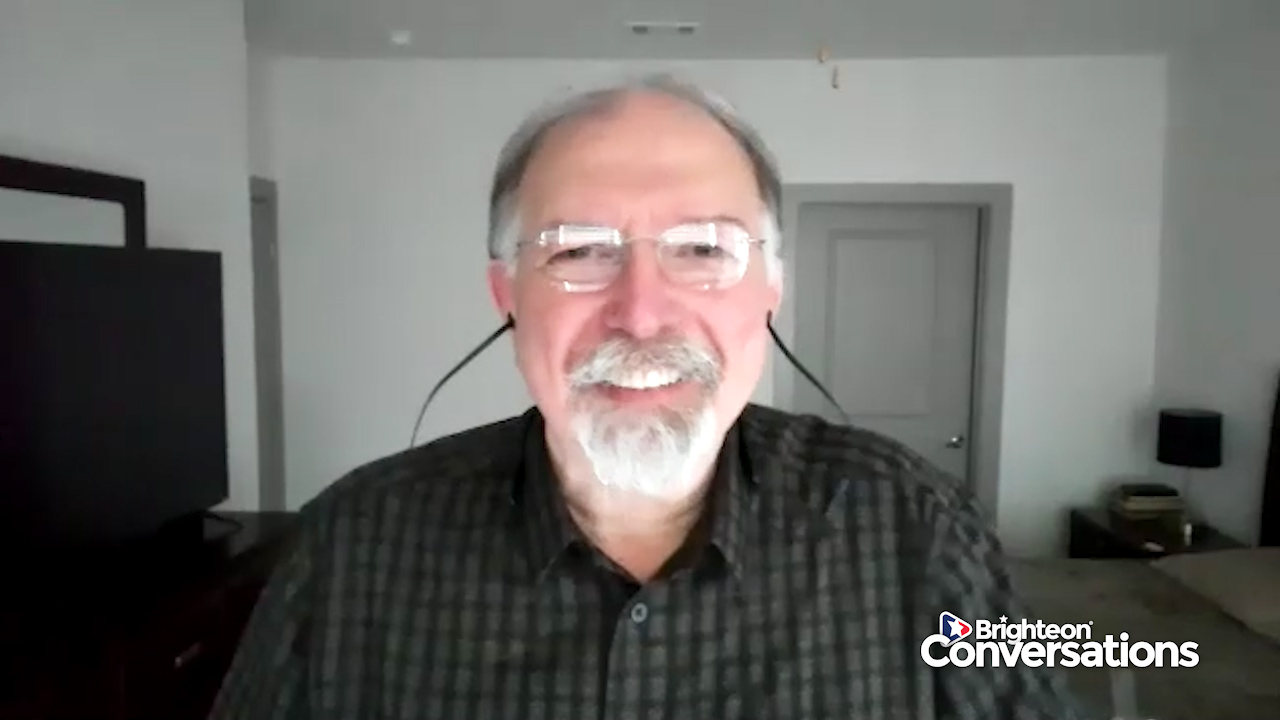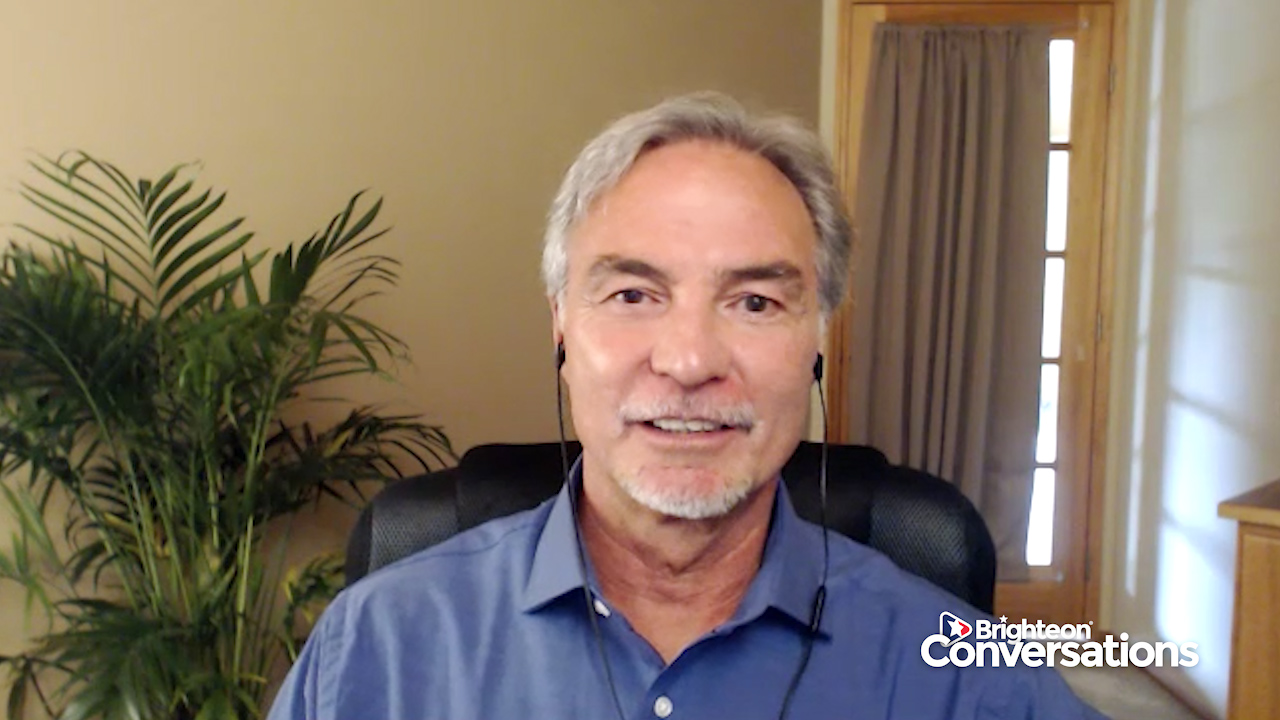Scientists on alert as earthquake may be imminent along the San Andreas Fault
08/07/2020 / By Virgilio Marin

A study published in the journal Geosphere simulated possible rupture scenarios along the Coachella Valley segment in southern San Andreas Fault. Results show that even a slight change in fault parameters, including friction and stress conditions, could lead to a wild assortment of outcomes.
The rupture could also spread toward different locations along the fault line, said researchers from the University of California, Riverside and the University of Massachusetts, Amherst.
Slight changes in fault parameters can lead to different outcomes
Earthquakes along the San Andreas Fault are not entirely uncommon; the north and central segments experience recurring earthquakes as much as every 22 years.
But recent research suggests that the Coachella Valley segment has accumulated enough stress for a magnitude 7 earthquake. Stresses in the outer layer of the earth push the sides of the fault together and create friction. When enough stress builds up, friction will be released, and rocks will slip suddenly, sending seismic waves throughout the surrounding earth or what is called the rupture surface.
In the study, the researchers simulated how a rupture would spread from the Coachella Valley segment by using finite element analyses, which involve building a complex 3D geometric model from smaller discretized elements.
To complete their model, the team drew from three previous geometric models of the southern San Andreas segment and applied a simplified version of other parameters such as the friction and initial stress conditions of the ground. Then they released the earthquake and watched as the rupture process played out.
After running hundreds of simulations, the researchers found that slightly changing the parameters of the fault could generate drastically different outcomes, spreading through different locations of the fault, including those that are dormant. In many of the scenarios, the rupture crept northward to the Mission Creek segment of the San Andreas fault.
Although the findings and the simulations do not exactly mean that rupture outcomes can now be predicted, the study sheds light on an important aspect of earthquakes.
“This work is a useful indicator of the impact of one area of complexity: the geometry of the fault. One day we want to be able to combine all of the complexities within a single model,” said Oliver Stephenson of the California Institute of Technology. Stephenson is not part of the study.
Fault geometry involves the orientation of a fault plane and the direction of the slip along the plane. It typically determines the type of fault. In the study, the researchers noted that it was clear that fault geometry plays an important part in the rupture process despite the various possible outcomes. (Related: Is the BIG ONE coming? NASA aircraft flight pattern along San Andreas fault rings alarm bells among observers.)
Major earthquake may be imminent
According to another study, the San Andreas Fault had an increased likelihood of experiencing a major seismic activity, thanks to the July 2019 earthquakes — a magnitude 6.4 followed by a magnitude 7.1. — that originated from the Ridgecrest fault.
The southern segment of the San Andreas fault is perpendicular to another fault, the Garlock Fault, which in turn is perpendicular to the Ridgecrest Fault. Together, they form a Z pattern of interconnecting fault lines in the ground, with San Andreas being at the bottom of the Z link.
According to the researchers, if at least a magnitude 7.5 earthquake happens along the Ridgecrest Fault, it could trigger a chain reaction of earthquakes along the two other faults. Should they happen, the events will occur over a period of time, the team noted.
While the Garlock Fault hasn’t released a major earthquake for the past 500 years, the recent Ridgecrest quakes added stress to the fault. The researchers found a 1 in 43 probability of a magnitude 7.7 earthquake hitting the Garlock Fault.
If Garlock ruptures within about 30 miles of its junction with the San Andreas Fault, it could increase the likelihood of a San Andreas earthquake to the southeast by about 150 times. (Related: San Andreas Fault is ready to blow, says expert.)
“What we are describing isn’t likely and it’s a kind of an earthquake chain reaction. But what we’ve learned over the last four months (during the pandemic) is chain reactions really do happen in nature,” said co-author and geophysicist Ross Stein.
With the increased risk of a major threat, preparing before it hits is the best way of surviving the resulting chaos.
Disaster.news has more on the possible scenarios of a major earthquake.
Sources include:
EOAS.UBC.CA [PDF]
Tagged Under: California, catastrophe, chaos, Collapse, earthquake, fault line, natural disaster, San Andreas fault, SHTF, the big one
RECENT NEWS & ARTICLES
COPYRIGHT © 2017 PREPAREDNESS NEWS




















